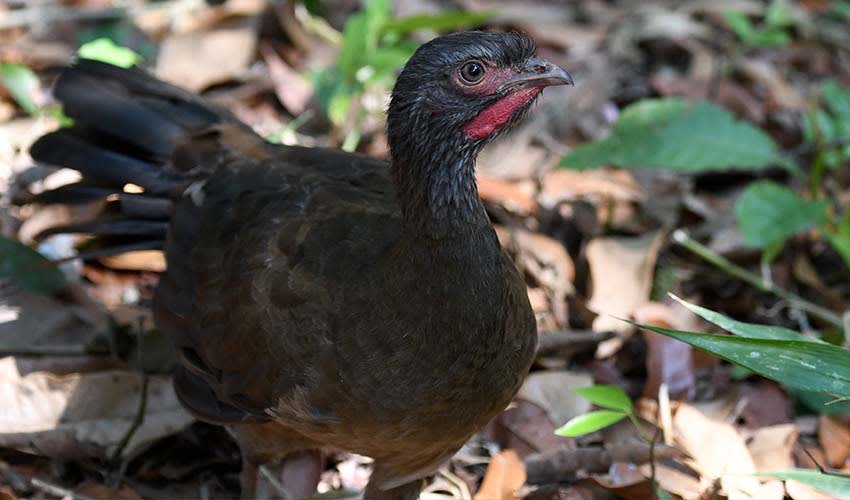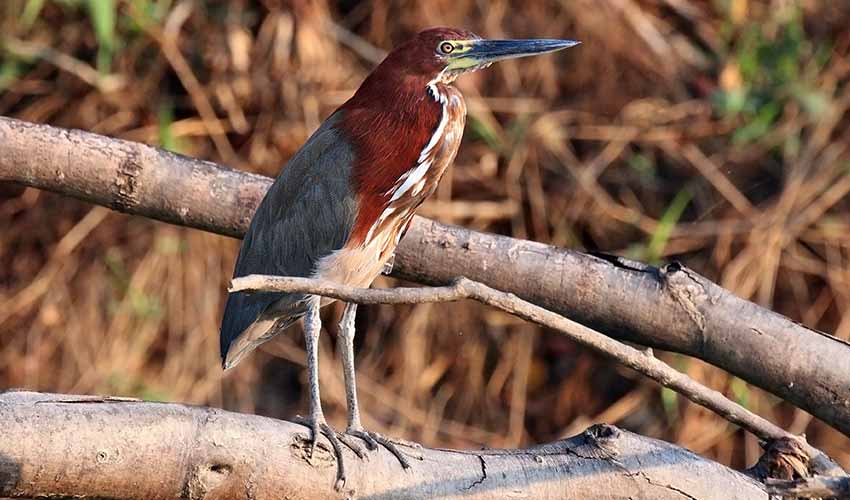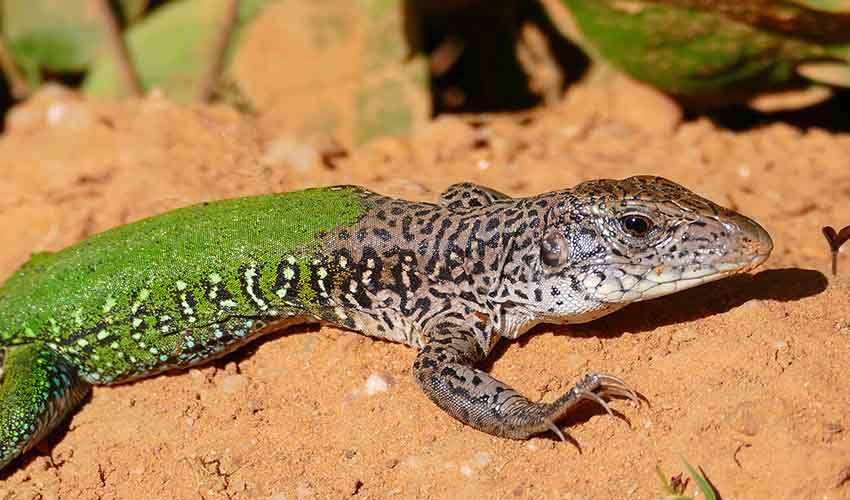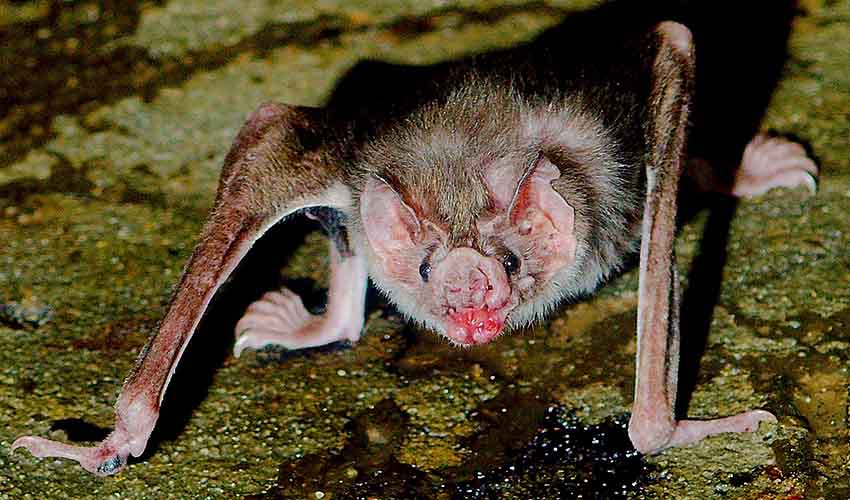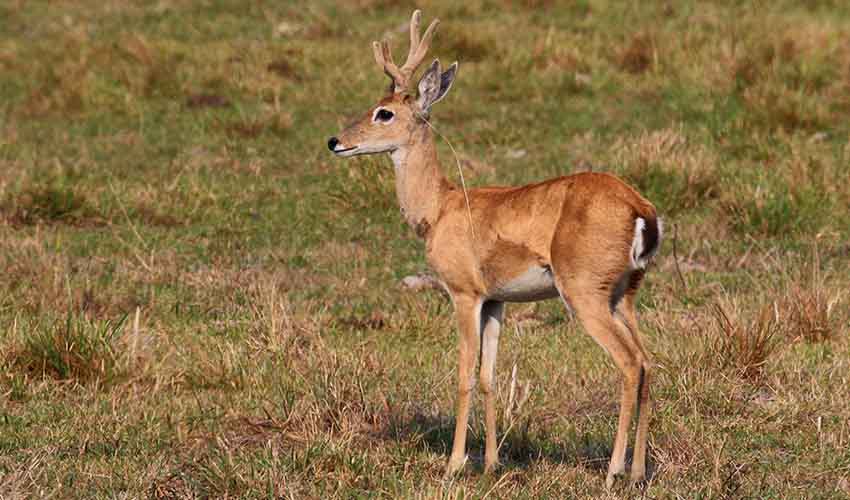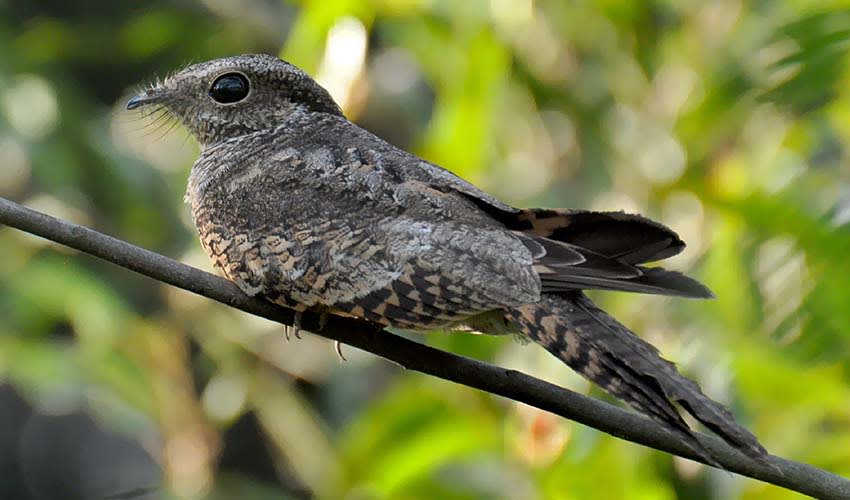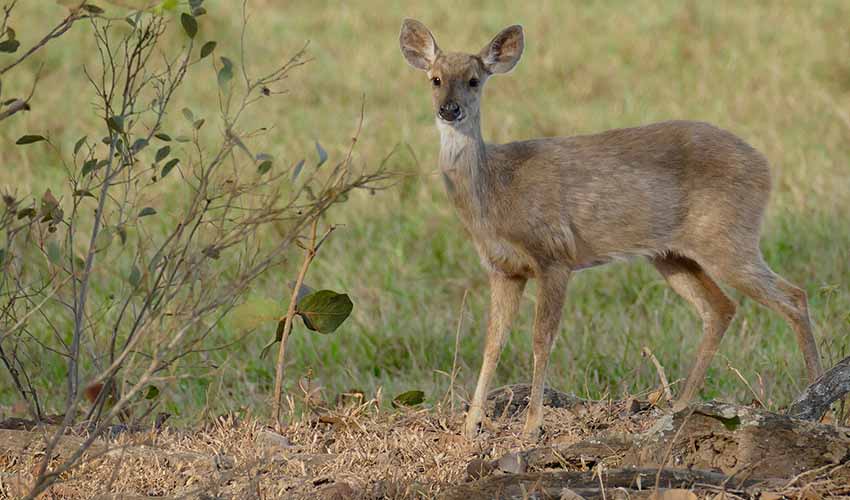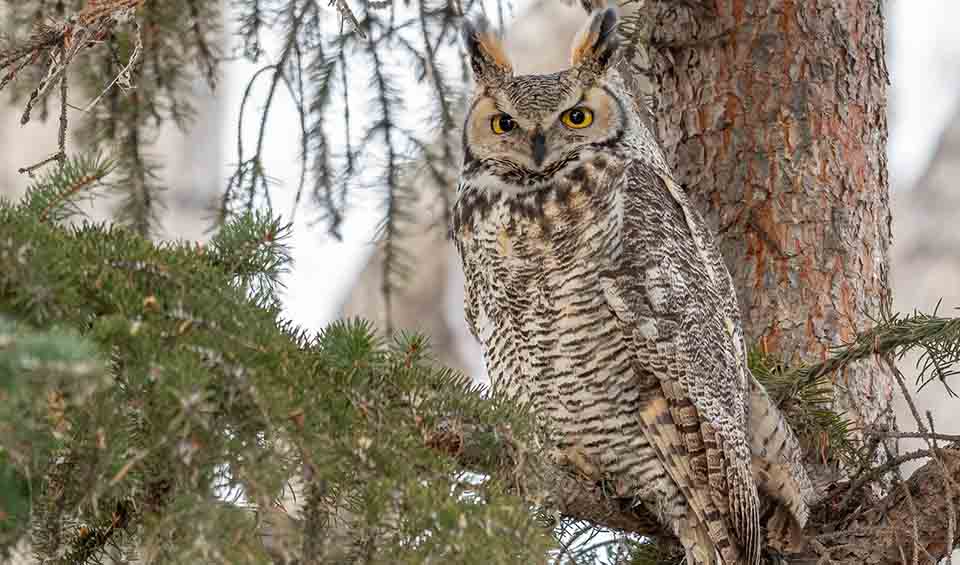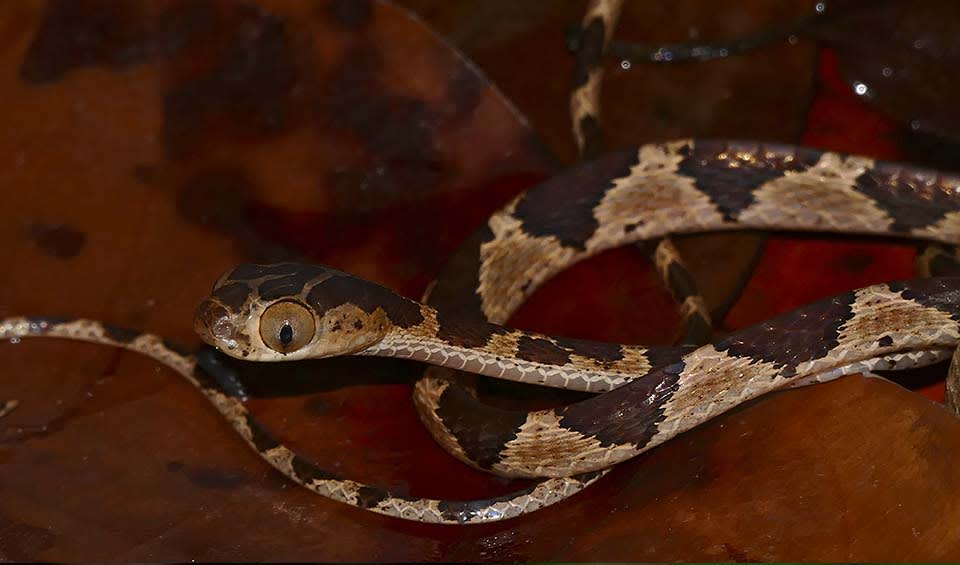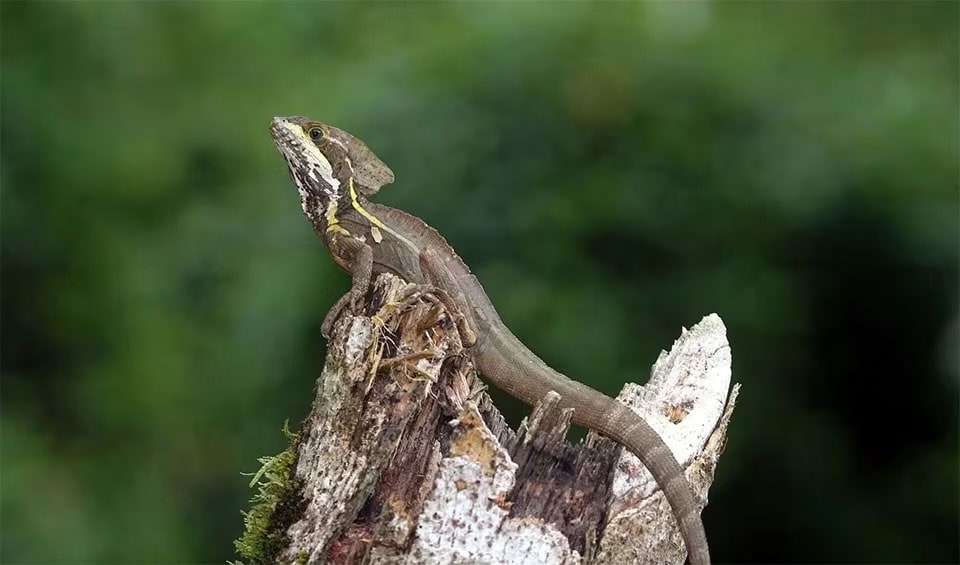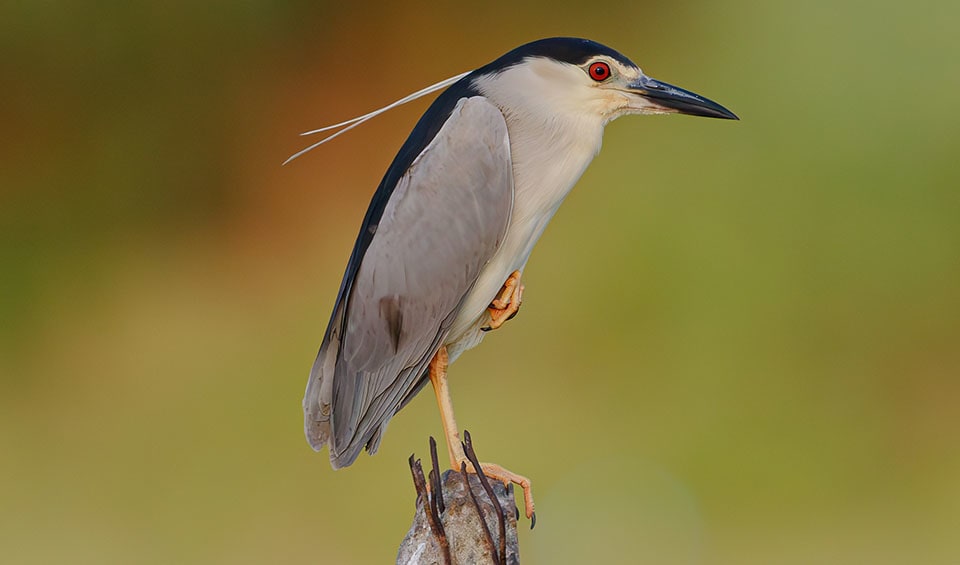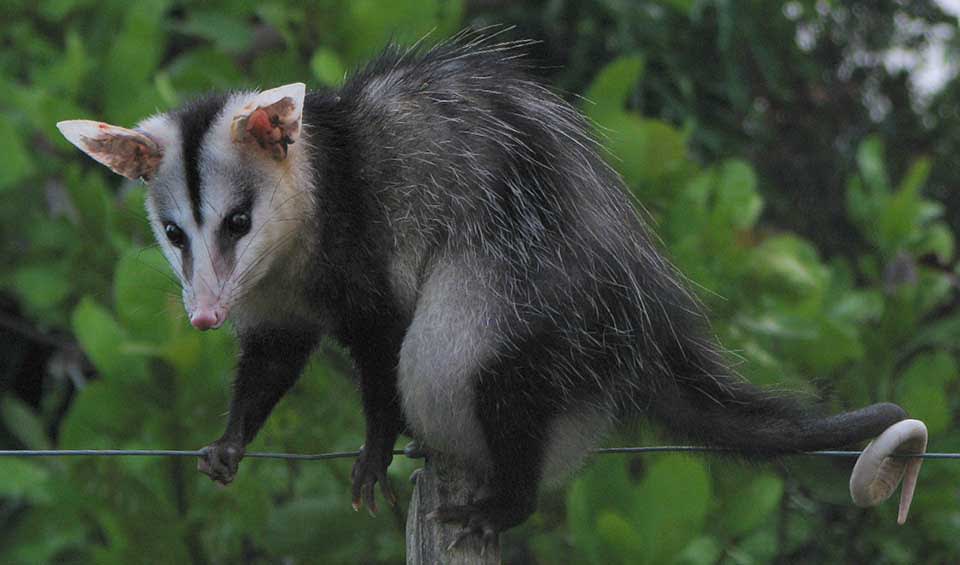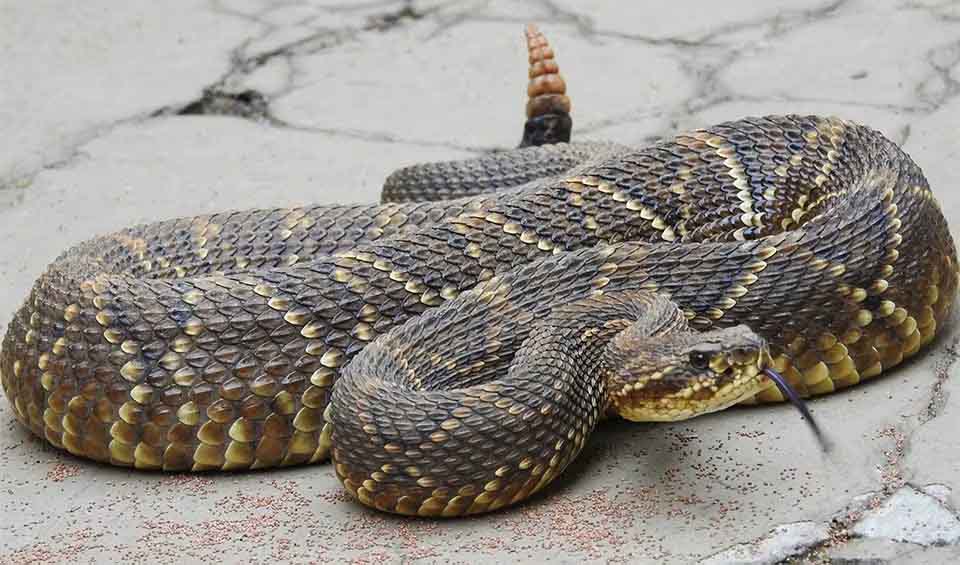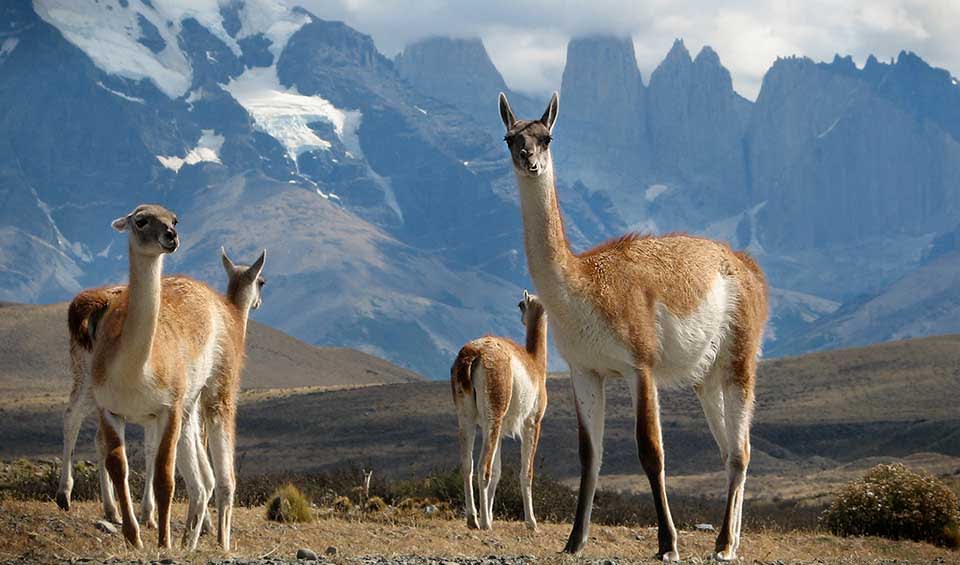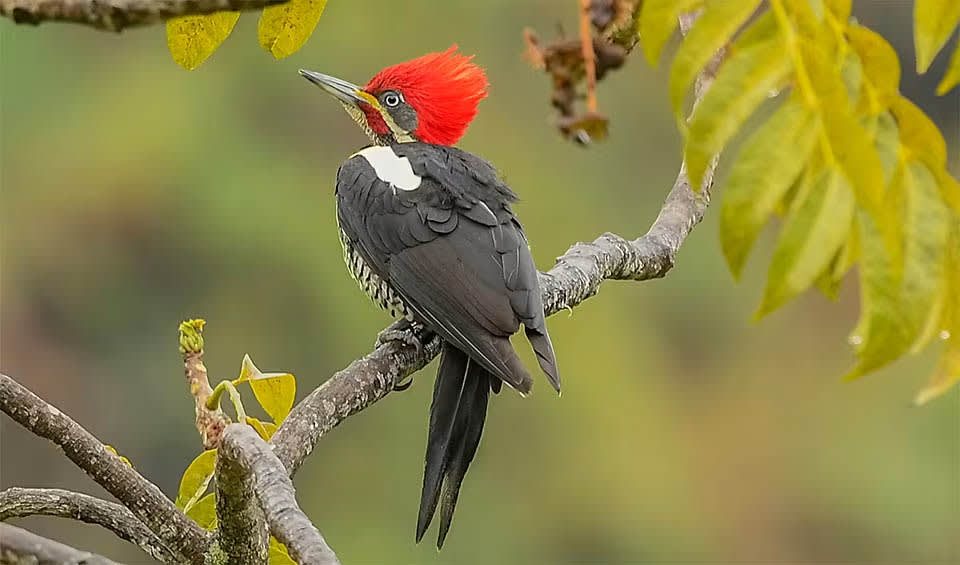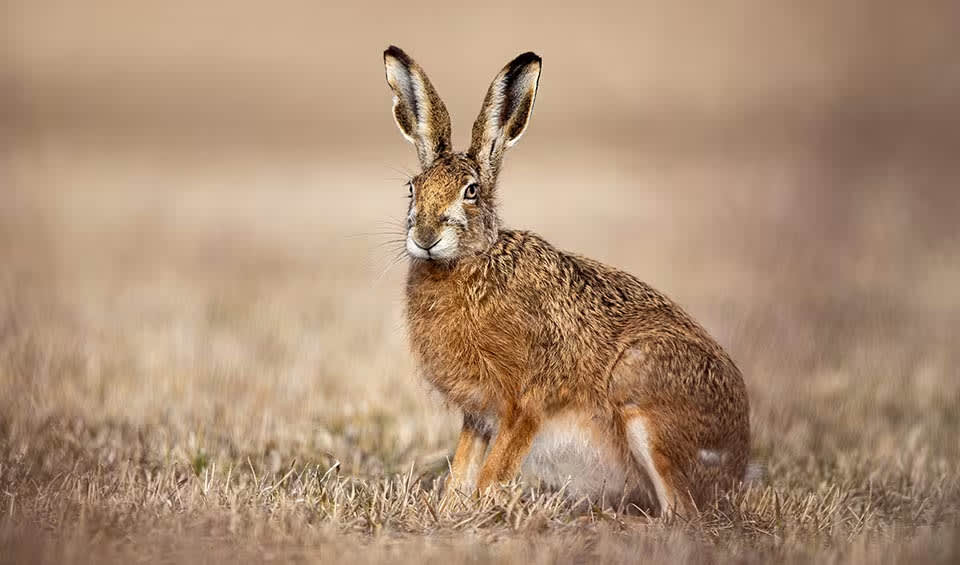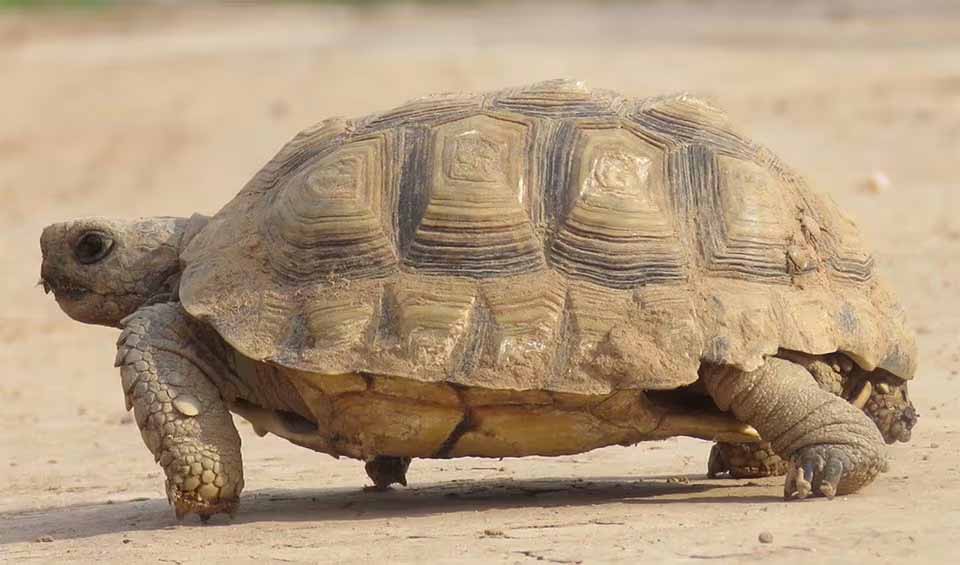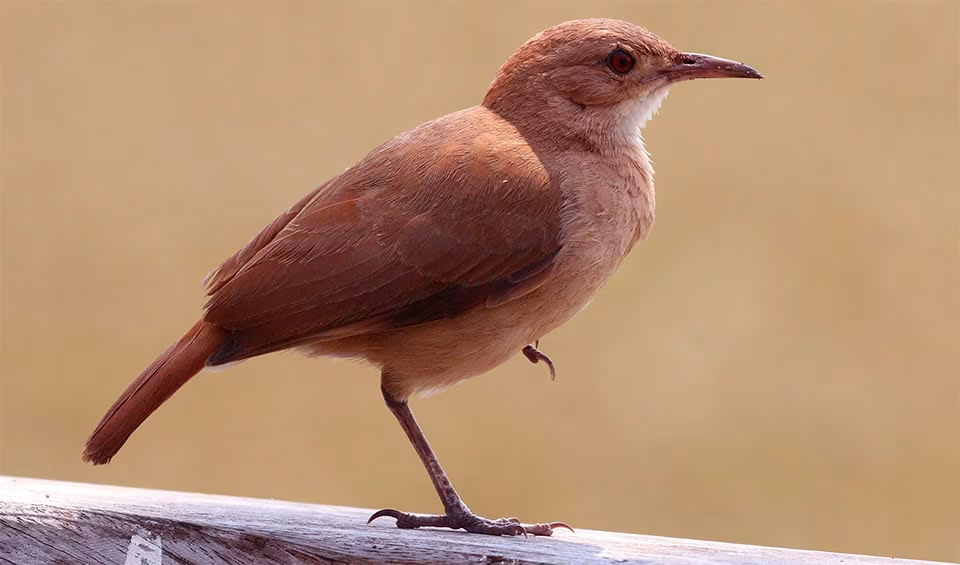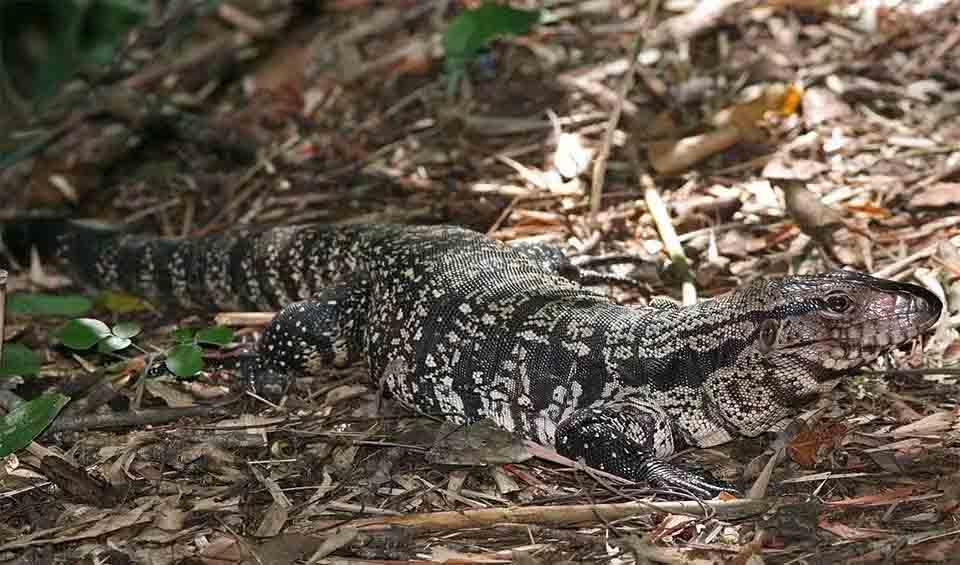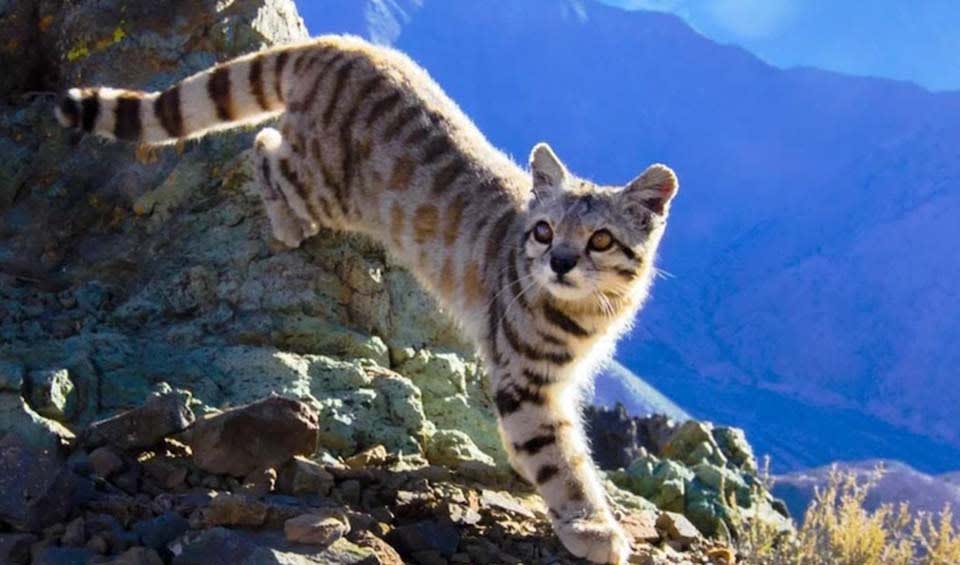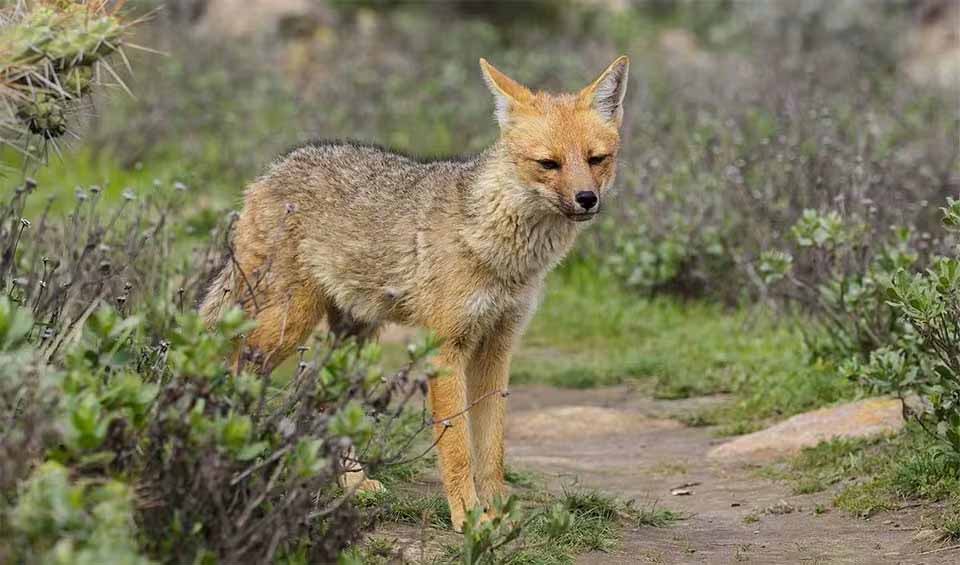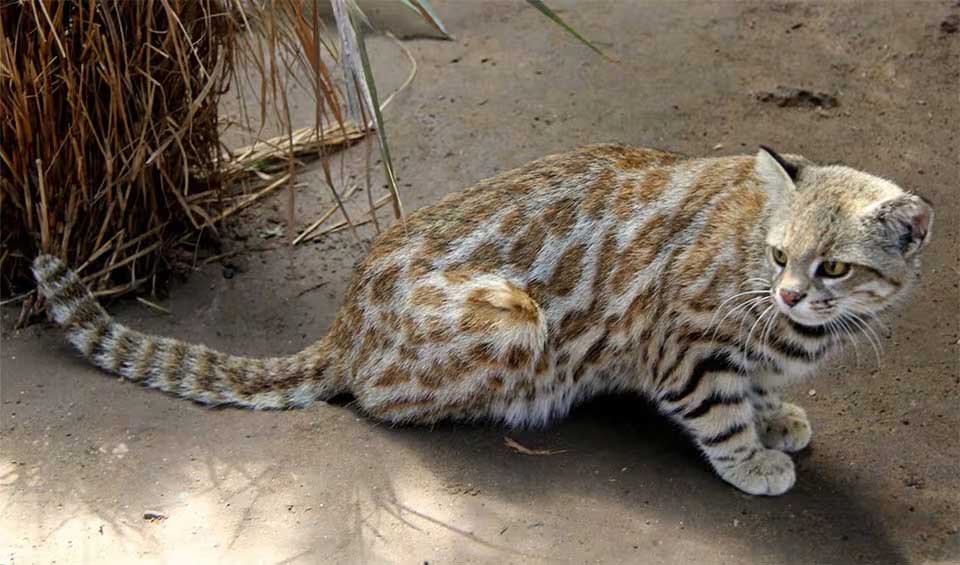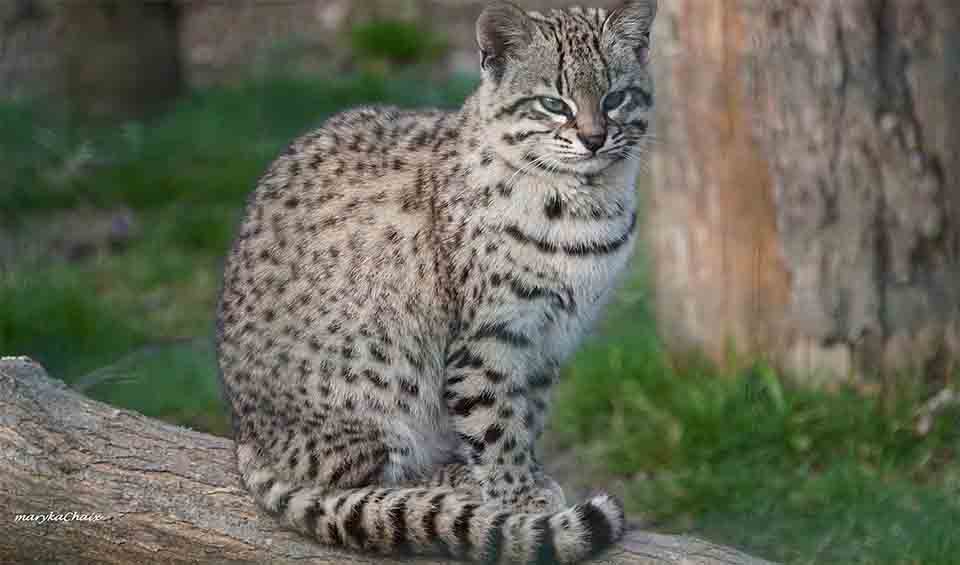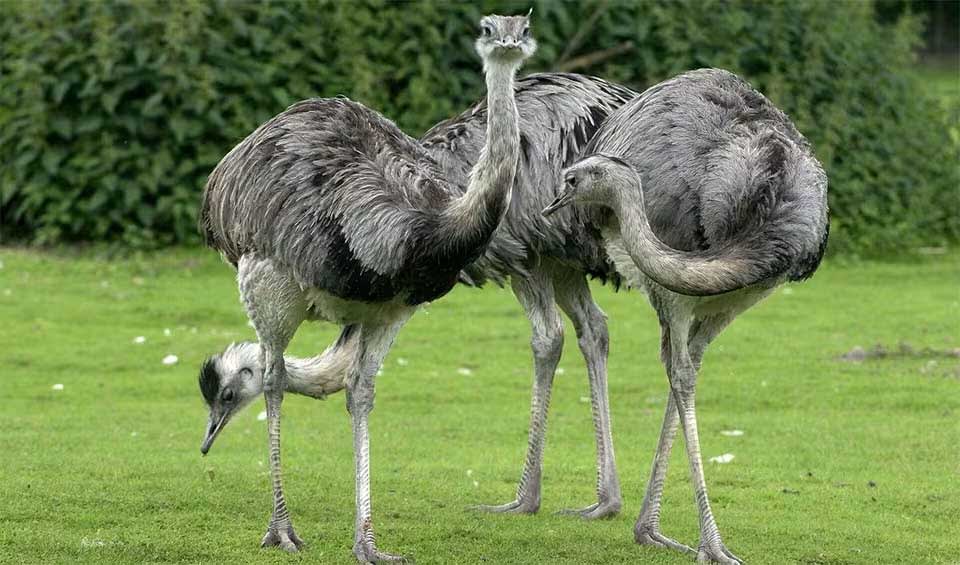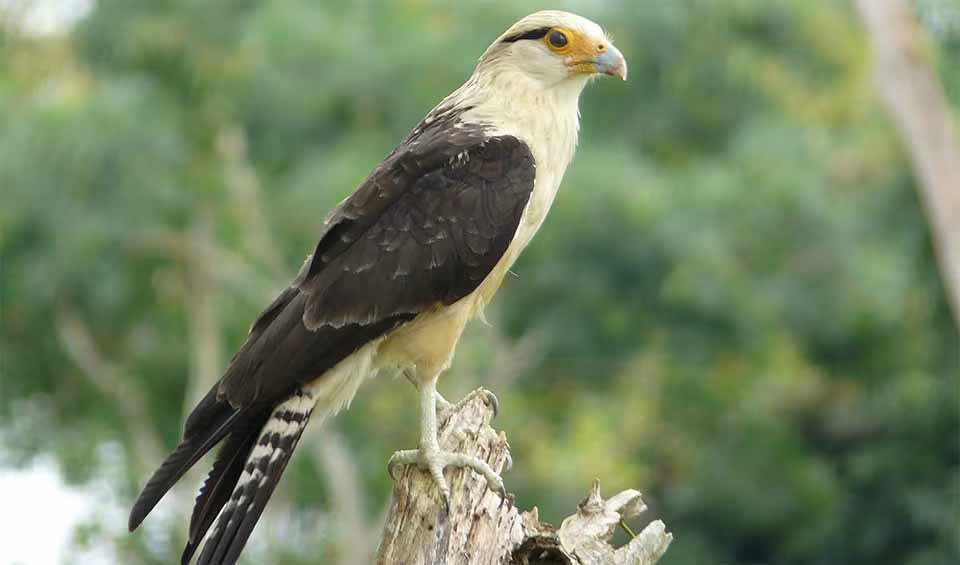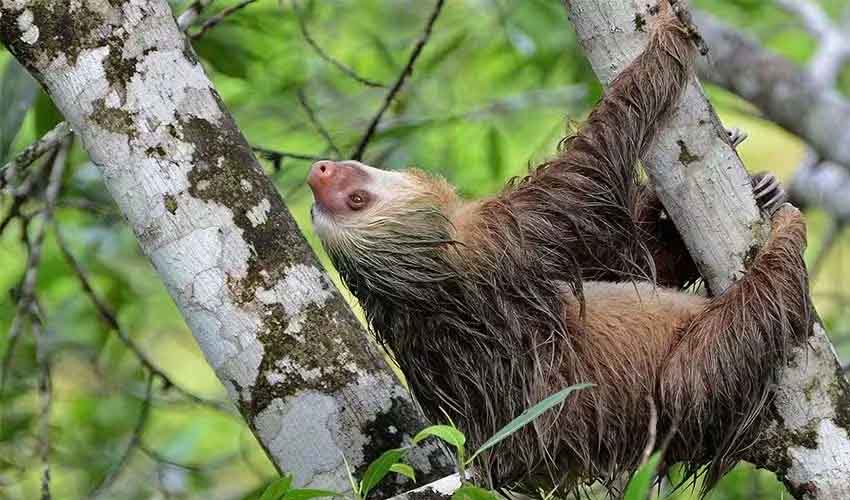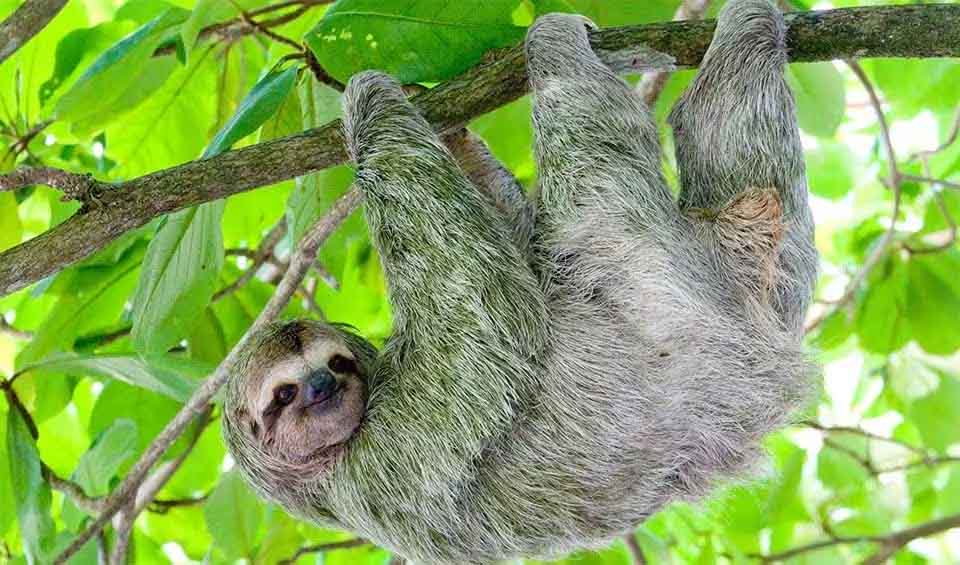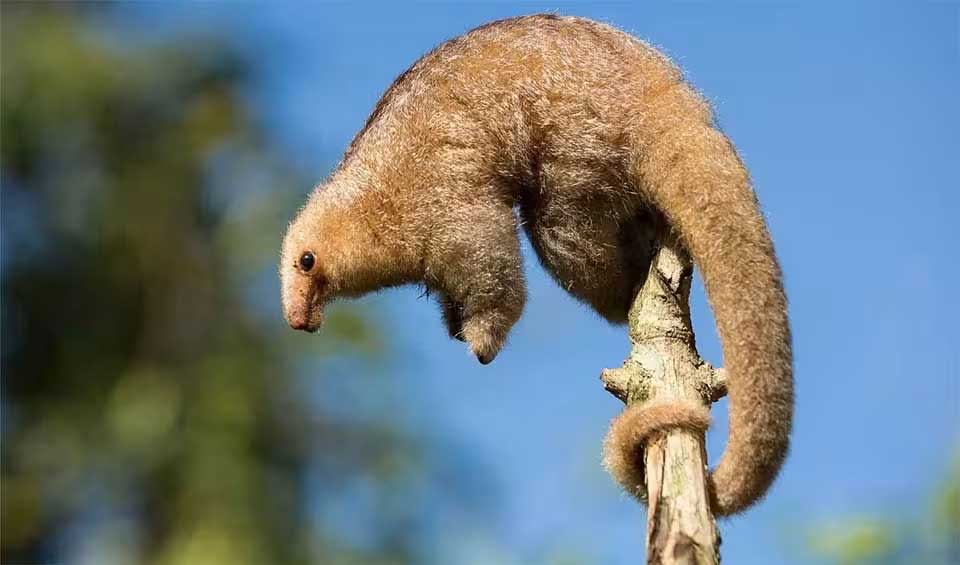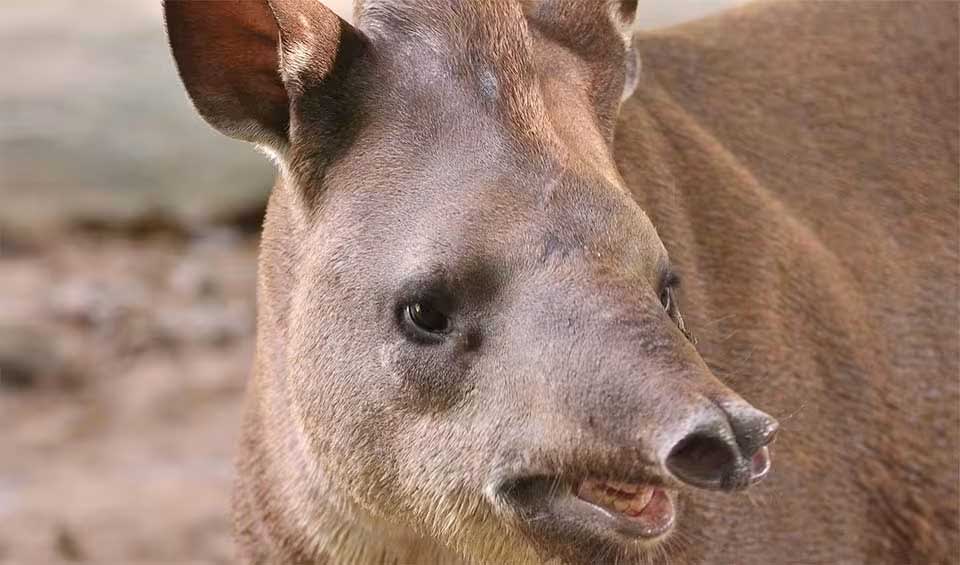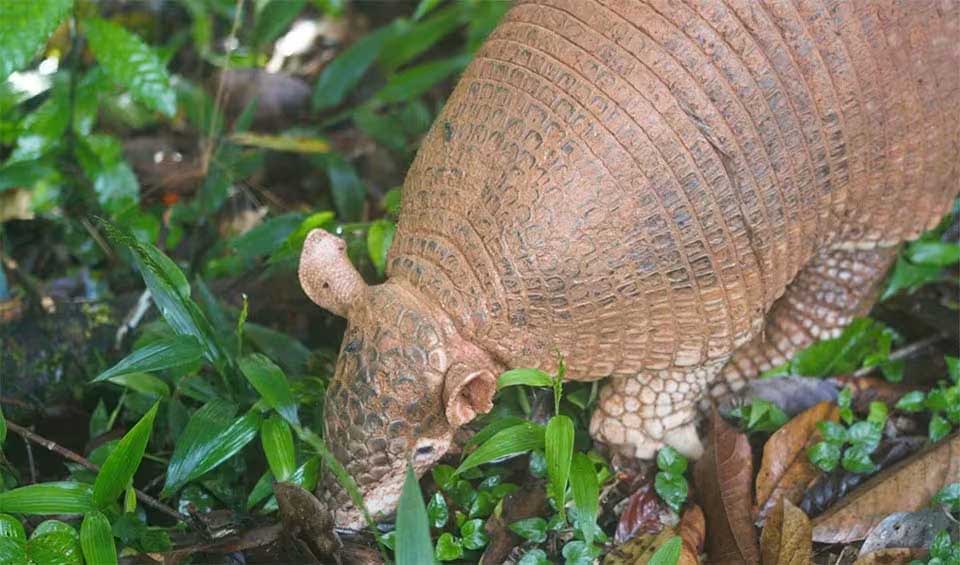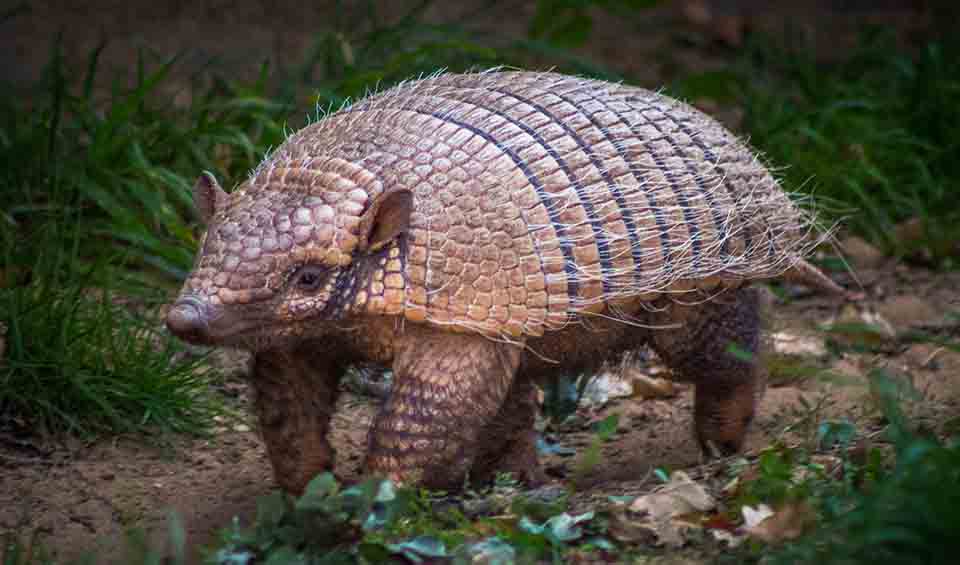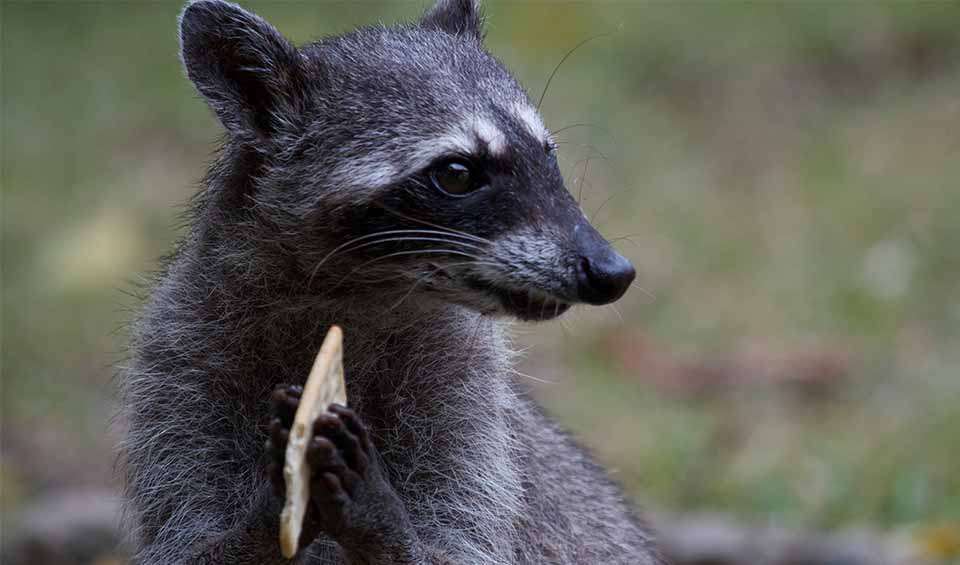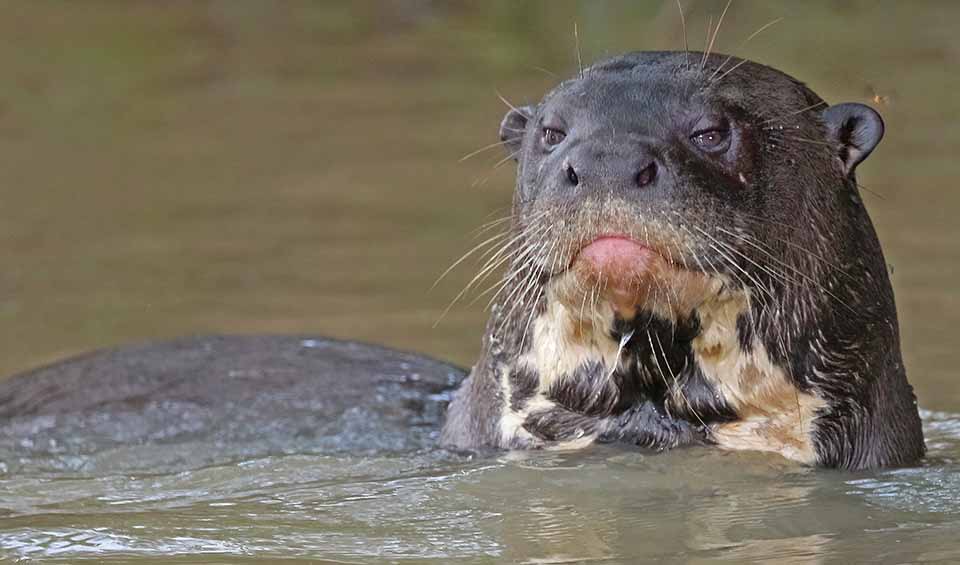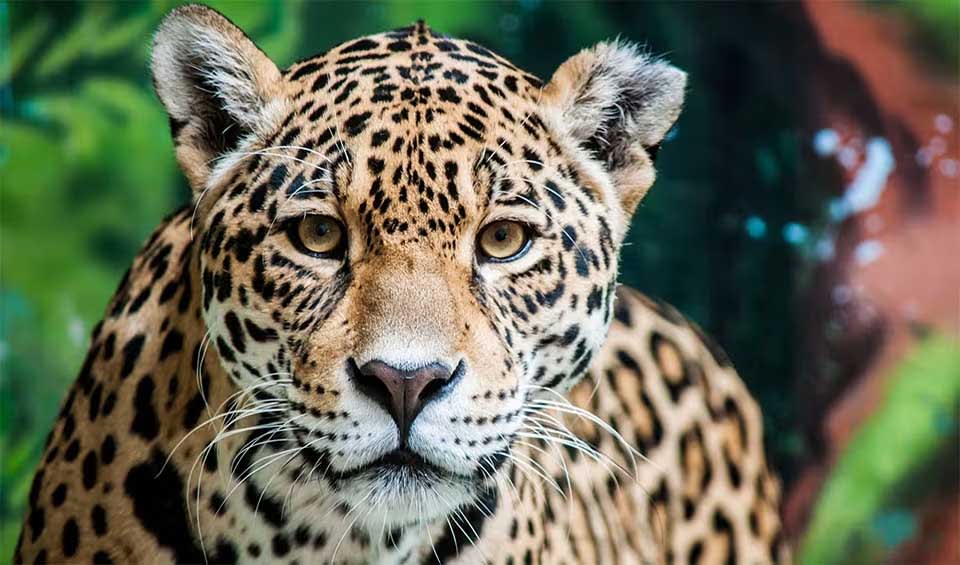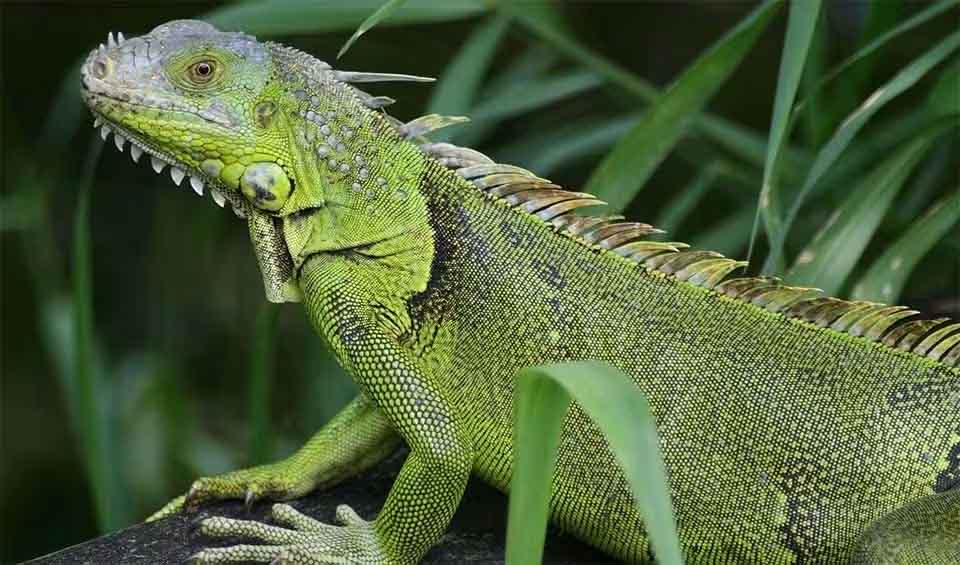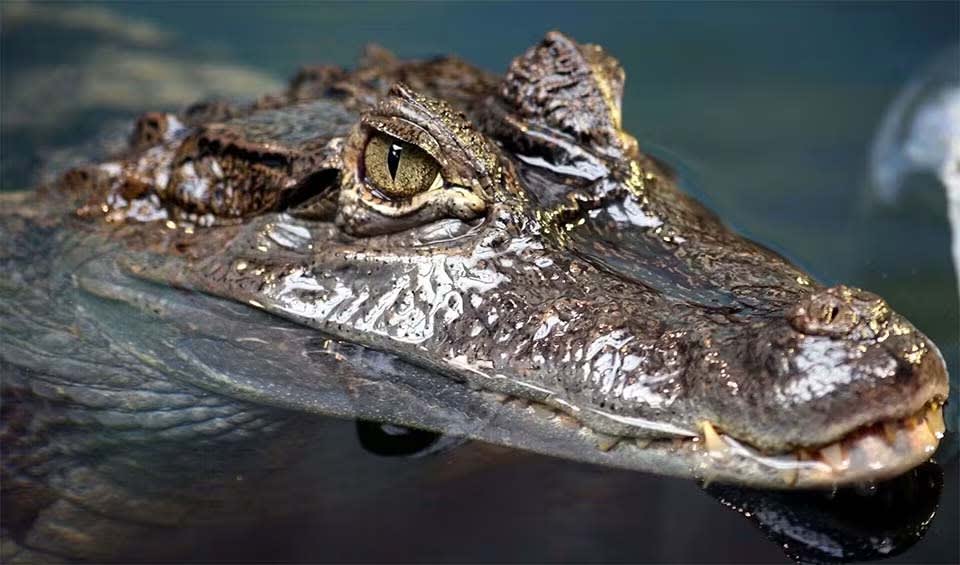Search for Bolivia
Ruddy ground dove
One of the tiniest doves in the Americas
Green ibis
Sometimes called the “Whispering Ibis”—not because it whispers, but because it’s so quiet and elusive compared to other ibises
Chaco chachalaca
A bird with a voice you won’t forget
Rufescent tiger heron
Doesn’t put its nest near the water’s edge like many of its relatives
Wood stork
The “giant of the swamp”
Green kingfisher
Have eyesight that is exceptionally keen—so much so that they can easily spot tiny fish swimming just beneath rippling water
Yellow-faced parrot
One of the few parrots that thrive in open, seasonally dry habitats
Giant ameiva
Can move startlingly fast, often vanishing in a blur of motion when startled
Amazon tree boa
Can “see” the body heat of animals even in total darkness
Masked trogon
Often tame and unafraid of humans
Common vampire bat
Most famous — and misunderstood — of all vampire bats
Tropical kingbird
Surprisingly aggressive for a bird with a sunny name
Razor-billed curassow
Looks a little prehistoric — like a mini dinosaur
Red tegu
One of the few reptiles known to show partial warm-bloodedness (seasonal endothermy)
Gold tegu
A rugged, resourceful lizard with a bold look and a wild streak
Pampas deer
Known to be quite tolerant of human presence compared to other wild deer
Greater sac-winged bat
A scented, singing, socially savvy insect hunter
Turkey vulture
A bird that quietly keeps the environment clean
Amazon kingfisher
Despite its name, it is not limited to the Amazon Basin
Ladder-tailed nightjar
A nighttime hunter extraordinaire
Great black hawk
One of the largest hawks in the Americas
Gray brocket
Known to freeze in place when startled, relying on camouflage rather than flight until the last moment
South American coati
Known to investigate campsites, rummage through backpacks, and even figure out how to open containers
Marsh deer
Elegant, elusive, and finely tuned to life in waterlogged wilderness
Great horned owl
Often called the “tiger of the sky” because of its fierce hunting skills and bold personality
Ruddy turnstone
They flip the script — literally!
Barred forest falcon
The ghost of the rainforest — more often heard than seen
Spectacled owl
Easily recognized by its bold facial markings that resemble a pair of white spectacles
Agami heron
One of the most beautiful and secretive herons in the world
Blunthead tree snake
Looks more like a living vine or a character from a fantasy novel than a typical reptile
Common basilisk
Also called the Jesus Christ lizard because of its ability to walk on water
Black-crowned night heron
One of the most widespread and adaptable herons in the world
White-eared opossum
One of the most widespread opossum species on the continent
Molina’s hog-nosed skunk
Its pig-like nose is sensitive and flexible, helping it locate underground prey like grubs and worms
American crocodile
These creatures often ingest stones, aiding food digestion and buoyancy regulation in the water
Green anaconda
When most people say anaconda, they mean the green anaconda, the largest of all snakes!
Nutria
Look a bit like a cross between a beaver and a rat
South American rattlesnake
Both feared and respected, often appearing in traditional stories and as a symbol of danger and power
Common Surinam toad
Got trypophobia? You might want to avoid looking at this froggy!
Red-fronted macaw
A rainforest bird turned canyon dweller, thriving in one of the most unexpected habitats
Guanaco
The largest herbivores of the dry areas of South America
White-coated titi
One of the few primates known to “tail-twine”
American kestrel
The smallest of falcons in the entirety of America, but you would be mistaken to take this bird lightly
Yellow anaconda
While it’s one of the largest snakes in the world, it’s smaller than its green cousin
Boat-billed heron
Got its name from its distinctive, boat-shaped bill, which is wider than it is tall
Curl-crested aracari
Beautifully colorful bird with unique curly feathers on its head
White-faced whistling duck
Loud birds with a distinct three-note whistling sound
Blue-and-yellow tanager
Known for their bright plumage and lively behavior, making them some of the most recognizable birds in the tropics
Hyacinth macaw
This amazing creature is the largest parrot in the world and one of the most beautiful birds on Earth
Lineated woodpecker
With its strong, sharp beak, it’s a master at pecking holes into trees to find tasty bugs hiding inside
Green jay
Often seen as a symbol of both curiosity and cleverness
Groove-billed ani
Got a long tail, a big head, and a curved bill with little grooves on it – that’s where its name comes from
European hare
Unlike rabbits, they don’t live in burrows, instead, they make shallow nests in the grass called forms
Chaco tortoise
Can go for a long time without drinking water because they get enough from the plants they eat
Barn swallow
Most common and widely distributed swallow globally
Crested caracara
Got the looks of a hawk with the scavenging habits of a vulture
Llama
Think of camels, but minus the hump!
Southern lapwing
Fearless defenders of their nests and chicks, often taking on much larger animals or humans if they perceive a threat
Great kiskadee
This bird is a real chatterbox, constantly announcing its presence with its loud, three-part call – “kis-ka-dee!”
Burrowing owl
They don’t build their own nests – they cleverly take over burrows abandoned by prairie dogs, ground squirrels, or even tortoises!
Blue-fronted amazon
Capable of learning dozens of words and phrases with remarkable clarity
Rufous hornero
Remarkable architects that construct domed nests from mud and straw
Rufous-bellied thrush
Its song is often associated with the arrival of spring and is a symbol of joy and renewal
Argentine black and white tegu
A popular pet in the United States, but it is also considered an invasive species in Florida
Andean cock-of-the-rock
Its dramatic appearance and behavior make it a symbol and national bird of Peru
Wattled curassow
Frequently detected through their vocalizations rather than being visually observed
White-lipped peccary
They can spend up to two-thirds of their day traveling and feeding
Black-and-chestnut eagle
A magnificent bird of prey, blending into the forest with its striking colors and ruling the skies with its impressive wingspan
Lemon-browed flycatcher
Vibrant, melodious charm of the Brazilian Atlantic Forest
Saber-toothed tiger
Despite its name, this animal was not a true tiger, nor was it related to any modern cat
Giant ground sloth
Discover the mystery of a prehistoric giant: an enormous herbivore with powerful claws and a tragic fate
Andean mountain cat
One of the rarest wild cats, until recently, most data about them were collected from 2 photographs, 3 skull samples, and 14 skin samples
Culpeo
Discover the resourcefulness and adaptability of this cunning fox-like predator that’s mastered life in the rugged high-altitude terrain
Oncilla
Beneath its fierce exterior lies a tender heart, as it is also known for its loving nature toward its young
Margay
These wild cats are cute, intelligent, agile, and well-adapted to inhabiting tropical and subtropical forests
Pampas cat
Survival of the fittest? This cat takes it to a whole new level, always ready to pounce and conquer any habitat
Geoffroy’s cat
Small but mighty, this cat is a stealthy predator that swims, climbs and hunts with sass and style
Pampas fox
Small, sly, and swift – it may be pint-sized, but it packs a punch when it comes to survival in the grasslands
Capybara
Communicate using various vocalizations such as whistles, whinnies, and growls
Anhinga
Their neck vertebrae have a hinge mechanism that allows it to dart its long neck and pierce its prey quickly
Long-tailed weasel
Uses a hunting technique known as the Weasel War Dance that involves a series of frenetic turns, manic twists, and jumps to confuse the prey
Great Tinamou
A large bird with the tiniest heart and the highest percentage of skeletal muscles used for locomotion
Blue-and-yellow macaw
The pale yet gorgeous face blushes when this bird is excited, revealing a sensitive and soft heart
Greater rhea
The largest native living bird of America
Lesser rhea
The cute birds from South America
Scarlet macaw
One of the most colorful birds — effortlessly falls in love
Toco toucan
The largest toucan there is with a long and serrated beak
Paradise jacamar
These agile hunters can catch butterflies and dragonflies mid-flight
Roseate spoonbill
An easily recognizable bird due to its pink body and spatulate bill
House sparrow
The most widely dispersed wild bird
Scarlet flycatcher
The scarlet ambush hunter
Hoatzin
Only living representative of this order is the hoatzin, found only deep in the Amazon!
Limpkin
They don’t need salt, bamboo sticks, or forks to deshell a snail – they have a well-adapted bill to do the job
Black caracara
The Racoons of the bird kingdom who will eat almost anything to survive
Yellow-headed caracara
A common scavenger bird that cleans up the roads of Central and South America
Red-throated caracara
The largest species of the three species present in the Amazon
Peregrine falcon
At the speed of over 321 km/h (200 mph), this bird outraces a Formula1 car
Sunbittern
The sole member of its entire family and the closest living relative to the Kagu
Rufous motmot
Second-largest and the most spectacular bird of the family
Jabiru
One of the tallest flying birds of Americas
Common tern
This bird holds the record of the longest distance flown by any bird in recorded history
Rufous-bellied seedsnipe
They appear out of nowhere and disappear in a blink
King vulture
The most colorful vulture, with the orange cruncle
Andean condor
The largest and heaviest raptor in the world
Black-legged seriema
Gear up to get your minds changed if you think all birds love flying
Red-legged seriema
Did someone say birds don’t participate in marathons? Wait, we have a worthy contestant here
Oilbird
This nocturnal species lives in caves and uses echolocation to navigate, and yes, it is a bird, not a bat!
Great potoo
These nocturnal birds live in solitary and can peek around even with closed eyes
Sword-billed hummingbird
This introverted species has an unusually large beak, making it unique and different from the rest of hummingbirds
Southern screamer
Its name is very accurate—these birds can be ear-splittingly loud!
Harpy eagle
The world’s most spectacular and most robust eagle species serves a critical ecological role in the ecosystem they live in
Osprey
One of only six land-birds with a cosmopolitan distribution habituating all continents except Antarctica
Amazon river dolphin
Playful, curious, and intelligent; the largest river dolphins in the world
Hoffmann’s two-toed sloth
Can camouflage itself in trees with the help of algae growth on fur
Linnaeus’s two-toed sloth
The digestion process of tough leaves is very slow; it might even take up to 1 month to digest one meal
Brown-throated sloth
Cute but lazy species harmlessly sleep in the trees for 14 to 16 hours a day
Giant anteater
These specialist predators of termites and ants are not immune to ant bites
Silky anteater
Also known as pygmy anteater, they are the smallest and most adorable of their insect-eating kind
Brazilian tapir
Flee and dive into the water when facing a predator and remain deep under the water until the predator leaves
Giant armadillo
The largest living armadillo, growing up to 1.5m (5 ft) in length, yet it feeds on tiny termites!
Six-banded armadillo
Able to swim and will shallow air just before entering the water to assist with buoyancy
Nine-banded armadillo
Found all over the Americas, it is the most widespread species of all armadillos
Crab-eating raccoon
Despite the common name, they do not feed on crabs exclusively
Kinkajou
Has a spooky nickname, “La Llorona” meaning crying woman in Spanish due to their noisy barks, hisses, and high-pitched squeaks
Tayra
Widespread in tropical and subtropical forests Central and South America
Greater grison
When they move cautiously, they press their body close to the ground and move in a zigzag pattern like a snake
Giant otter
Don’t be fooled by their harmless appearances; they can hunt caiman, piranhas, and anacondas in the wild!
Cougar
The most widespread large mammal of the Americas: from Canada’s Yukon to the Andes in South America
Jaguarundi
Secretive and solitary, inhabiting various habitats of Central and South America
Ocelot
They are picky eaters, often plucking off all the furs or feathers of the prey before start eating them
Pantanal cat
With a purrfect physique and sharp instincts, this cat reigns supreme as the ultimate predator of the wetlands
Jaguar
This solitary cat is America’s largest feline and the world’s third, after the tiger and the lion
Spectacled bear
The last surviving bear species of South America, native to the Andes mountains
Bush dog
First discovered as a fossil in Brazil, before ever witnessed – it was believed to be extinct
Crab-eating fox
During the wet season, they search for crabs in muddy floodplains
Short eared dog
This unique and elusive dog is endemic to the Amazon basin
Maned wolf
With an identity of its own, it’s neither a wolf nor a fox — however, wearing long ears is probably a fashion statement
Chacoan peccary
Also known as tagua and it is the last existing species of its genus, with only 3000 individuals present today
Collared peccary
Suffering from poorly developed vision, they heavily rely on vocalization to communicate
Vicuña
One of the few wild animals to have been used for obtaining wool without domestication
Black howler
Allomothering is a common activity: females of a group display communal care for each other’s infants
Black-headed night monkey
Has large eyes to make up for the lack of a reflective eye layer found in many nocturnal mammals for night vision
Yellow-spotted river turtle
These turtles have a dark shells with yellow markings, giving them their name
Mata mata
Second species in this genus only identified in 2020
Green iguana
From the US down to Brazil, this trans-American lizard is the most common iguana
Boa constrictor
A small genus of Large snakes, strangling their prey endemic to the Americas
Black caiman
There are a lot of big reptiles, but these caimans are a class of their own!
Spectacled caiman
You might get the worst scare of your life if you see the crimson glow in the eyes of these creatures at night
Yacare caiman
Jacare caiman, raguayan caiman, piranha caiman, red caiman, southern spectacled caiman! It has no shortage of nicknames
Cuviers dwarf caiman
A heavily armored small crocodile native to South America
Ringed caecilian
They do not just look like snakes, but they might also be able to deliver a nasty bite
Mission golden-eyed tree frog
Golden-eyed frog, Panda treefrog, Blue-milk frog -so many cute names for such a poisonous animal!
Cane toad
When a big one meets a smaller one, it’s lunch!
Smooth-fronted caiman
Its eyes reflect red under flashlight or torchlight, making it possible to spot them during night surveys


